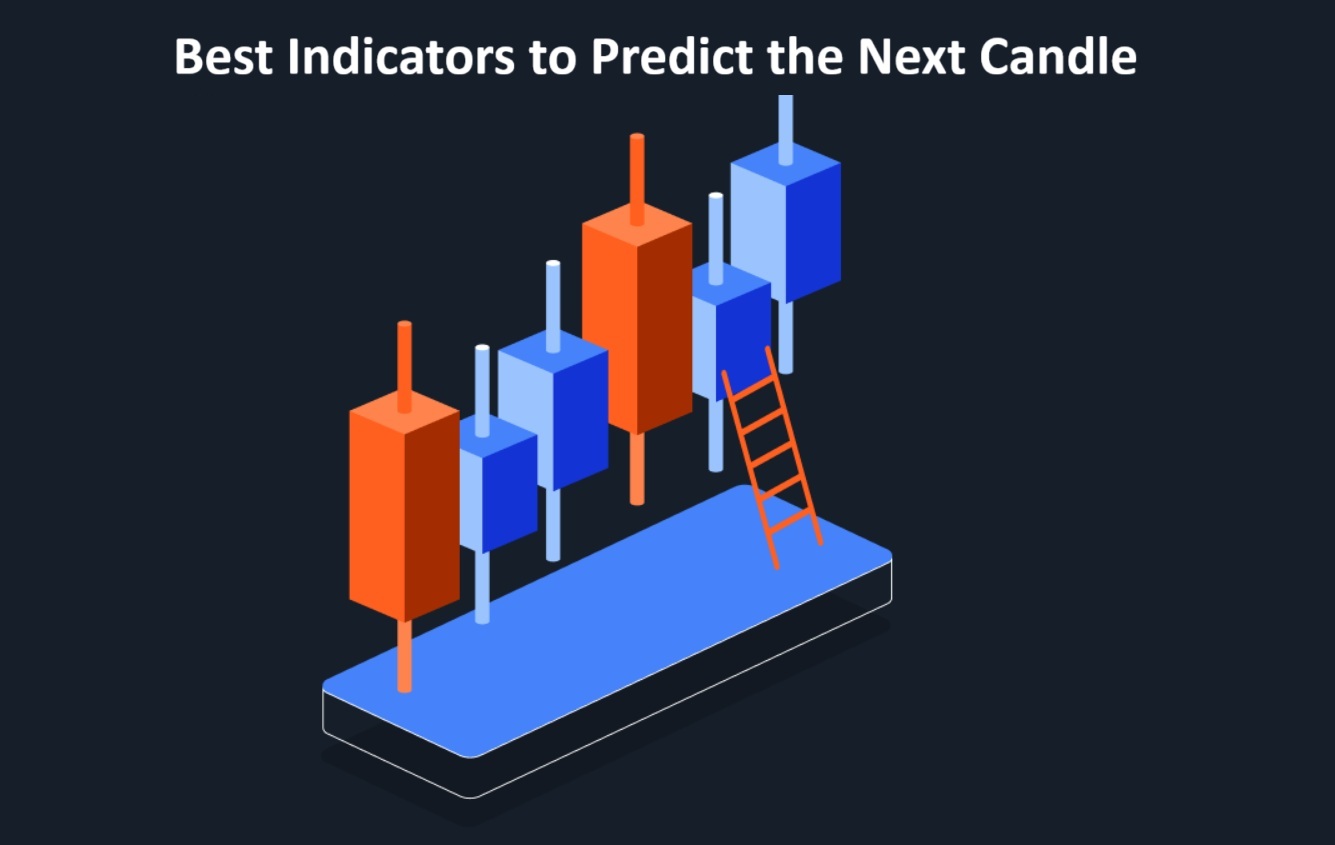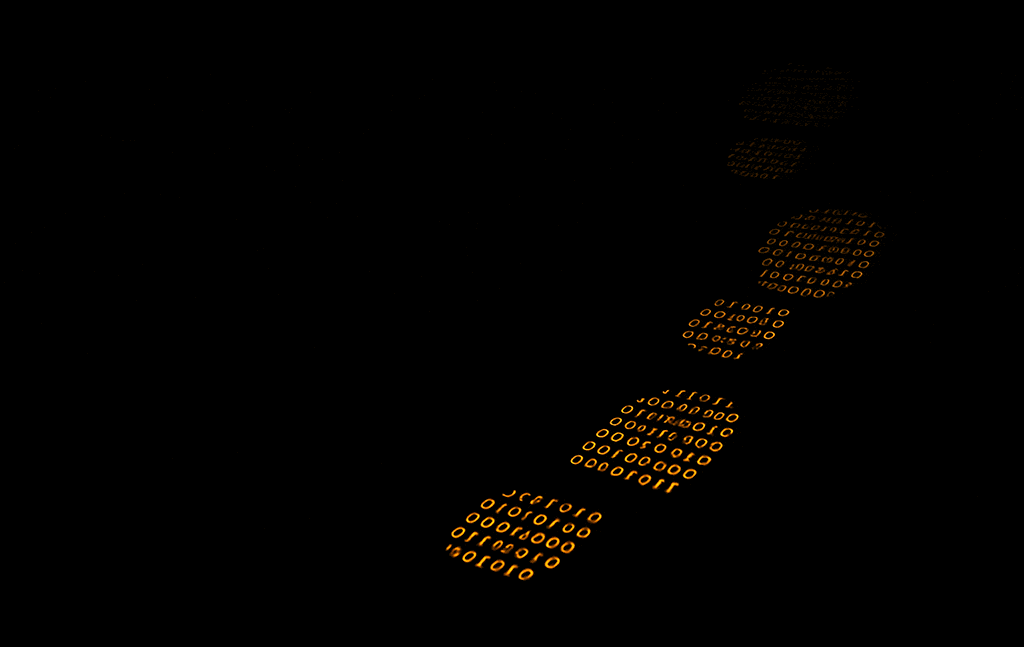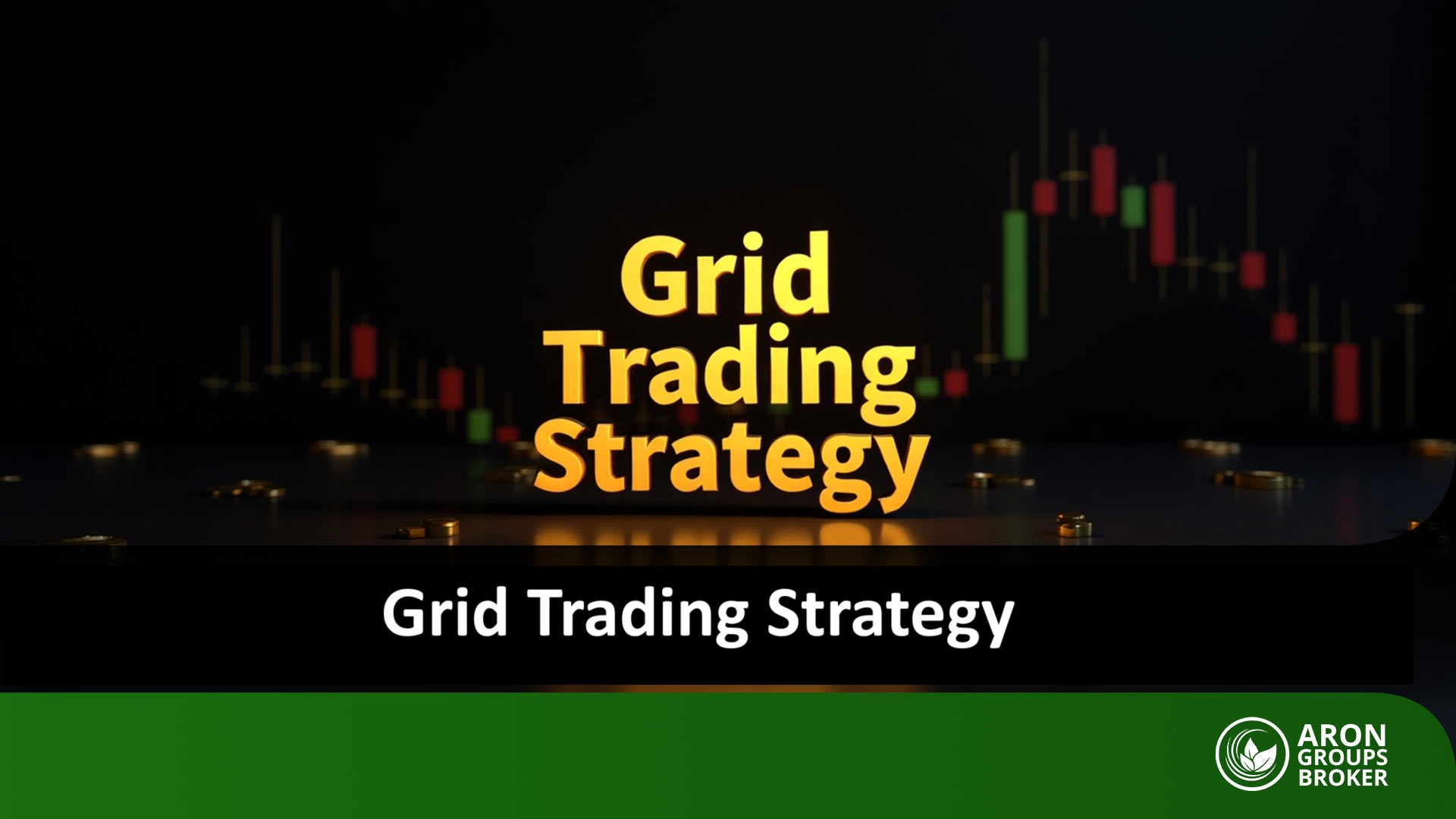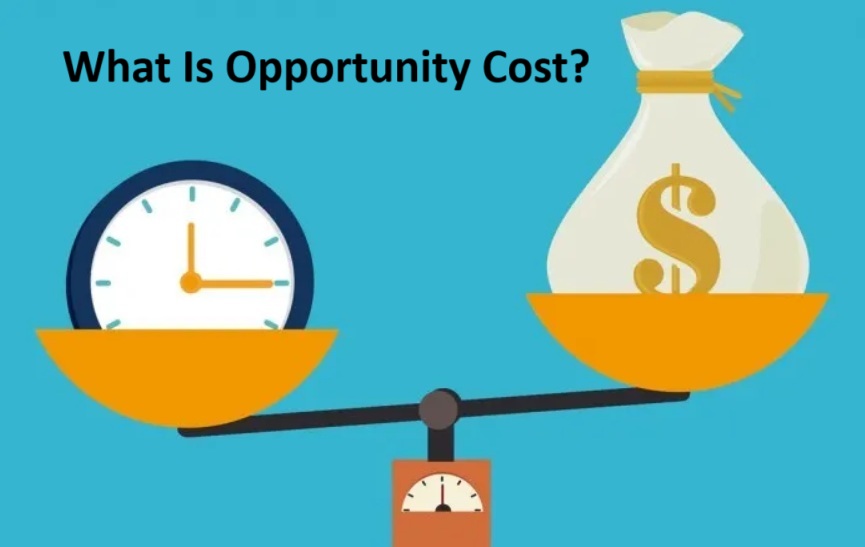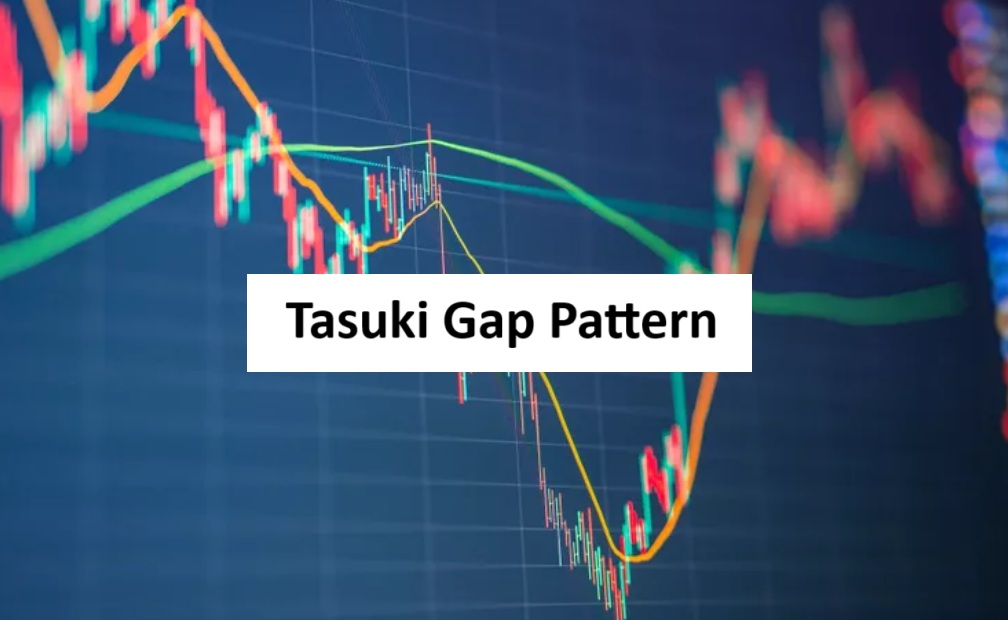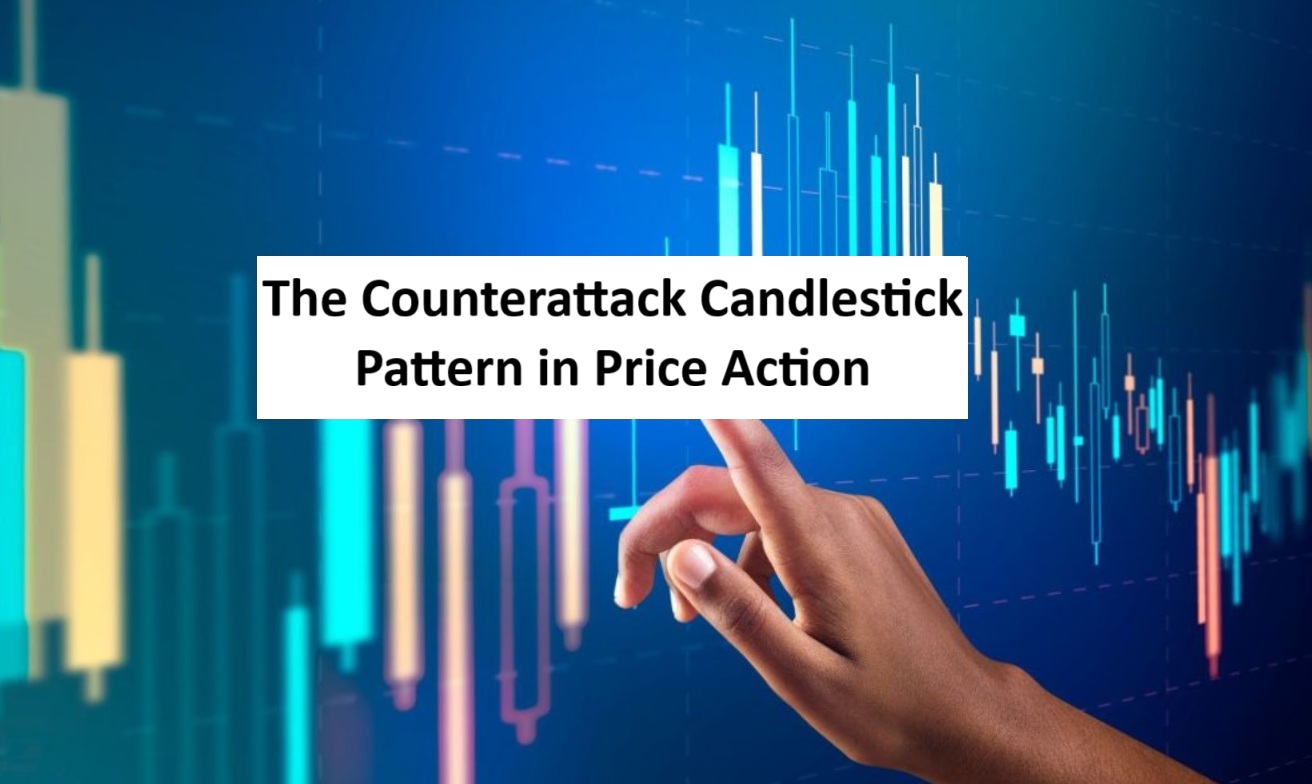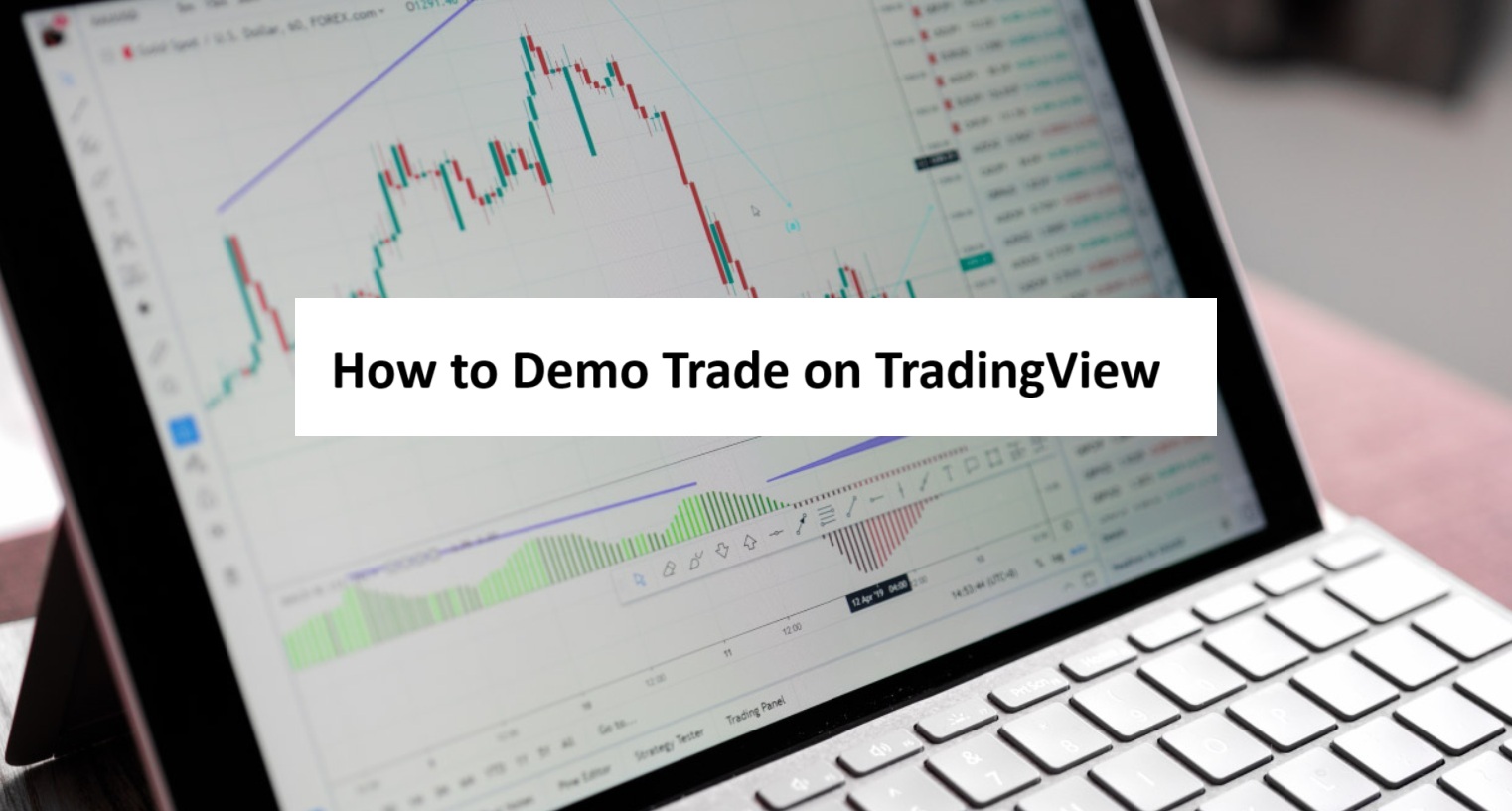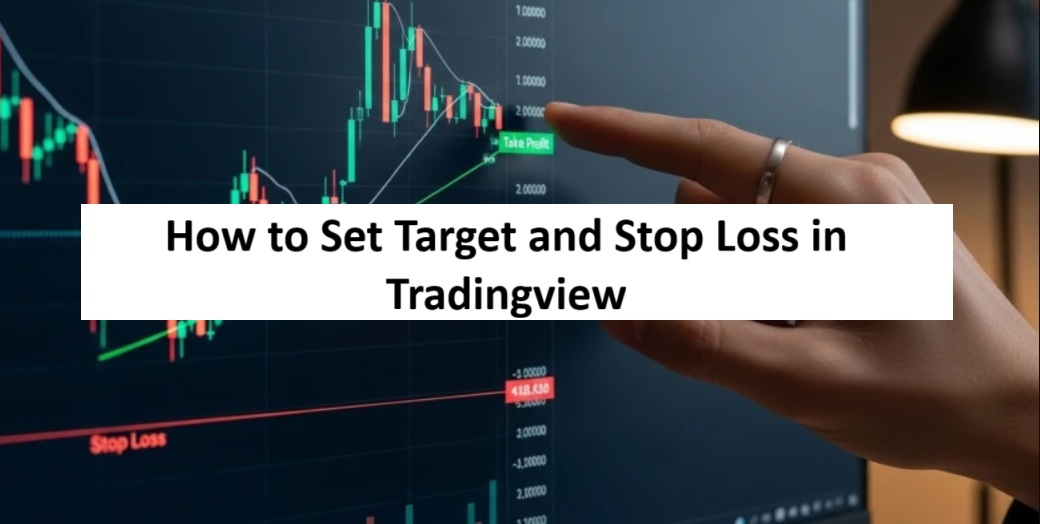The idea of predicting the next candlestick on a chart is fascinating to any trader. If you could accurately guess the direction of the next price move, you could make significantly better trading decisions. The “next candle prediction indicator” on TradingView is a tool that claims to do just that. But do these tools really work? And how can they be used effectively in live trading?
In this guide, we will provide a realistic examination of these indicators, including how they work, their advantages, limitations, and how to combine them with other analytical methods.

- A next candle indicator does not definitively predict the future; it operates on probabilities.
- It is not a standalone tool and should never be the sole basis for a trade.
- Its best use is to confirm signals from your primary strategy, such as price action.
- The performance of a next candle prediction indicator is significantly better in trending markets than in ranging markets.
What Is a Next Candle Prediction Indicator?
A next candle prediction indicator is a script or analytical tool on platforms like TradingView and MetaTrader that attempts to forecast the direction (bullish or bearish), or even the shape, of the next candlestick using mathematical and statistical algorithms. These tools typically display their prediction as a colored candlestick, an arrow, or a label next to the most recent price candle.

How Does a Next Candle Prediction Indicator Work?
These indicators are not a crystal ball; they operate based on historical price data. Their logic is typically based on one of the following approaches:
- Statistical Analysis: Some scripts identify frequently recurring candlestick patterns from the past. Based on this historical data, they predict the most probable next candle after a similar pattern occurs.
- Machine Learning (ML) Models: More advanced versions may use simple machine learning models to analyze complex relationships between previous candlesticks and forecast the next one. However, the term “Artificial Intelligence” in this context is often more of a marketing buzzword.
- Momentum-Based Calculations: Others might calculate the probability of a trend continuation or reversal in the next candle based on the strength of momentum over the last few candles.

It is important to note that the precise logic behind many of these indicators (especially public community scripts on TradingView) is not transparent and remains proprietary to the creator.
The Difference Between a Next Candle Indicator and a Trend Prediction Indicator
To better understand this distinction, let’s use a simple analogy: weather forecasting.
A next candle prediction indicator is like asking, “Will it rain in the next 10 minutes?” This forecast is very short-term, tactical, and focused on an immediate event.
A trend prediction indicator, on the other hand, is like asking, “Will this be a rainy season?” This analysis provides a broad, strategic, and long-term view of the overall conditions.
Now, let’s apply these concepts to the world of trading.
Scope and Focus
- Candle Prediction (Microscopic View): This tool focuses on immediate, granular details—specifically, the next candlestick. It is highly sensitive to short-term market fluctuations and is used for instantaneous decision-making.
- Trend Prediction (Macroscopic View): This type of indicator ignores short-term market noise to reveal the overall, long-term market direction. Its goal is to show the primary price trajectory, not to predict a single candle.
Strategic Application
- Applications for Candle Prediction:
- Scalping: Ideal for extremely fast trades where profits depend on the movement of just one or two candles.
- Entry Timing: Helps trend traders pinpoint the best possible moment to enter a trade that aligns with the broader trend.
- Applications for Trend Prediction:
- Swing and Position Trading: Used to align trades with the primary market current, holding positions for days or even weeks.
- Filtering Signals: Its most critical function is to prevent erroneous trades by filtering out signals that go against the primary market trend.
The Difference Between a Next Candle Prediction Indicator and a Signaling Indicator
A signaling indicator defines a specific entry or exit point. Its purpose is to eliminate guesswork by providing a clear trading trigger. It gives a direct command, such as “Buy” or “Sell.”
Examples:
- MACD Crossover: When the MACD line crosses above the signal line, a buy signal is generated.
- Golden Cross: When a short-term moving average crosses above a long-term moving average, it provides a clear buy signal.
In these cases, the signaling indicator’s role is to issue a direct command. A next candle prediction indicator, however, offers a forecast or an opinion about the immediate future, not an instruction. This tool provides you with one more piece of the analytical puzzle.
The Best Next Candle Prediction Indicators on TradingView
The term “best” can be misleading in the world of indicators, as a tool’s effectiveness depends entirely on your trading strategy, timeframe, and risk management. No single indicator works perfectly at all times and under all market conditions. However, we can categorize the most popular next candle prediction indicators available in the TradingView Community Scripts library based on their underlying logic and approach.
These tools are generally developed by users and Pine Script programmers, and their performance is not guaranteed. It is crucial to understand them thoroughly and test them before use. Below, we introduce and analyze the most significant categories.
The “Next Candle Predictor” Indicator on TradingView
This category includes the most popular and straightforward type of prediction tools.

- How it works: It attempts to predict and draw the shape and color of the next candlestick by analyzing historical data, such as the open, close, volume, and momentum of recent candles.
- Visual Display: It typically displays a hollow or colored candle directly next to the last real price candle. For example, a projected green candle suggests a probable bullish move, while a red one suggests a bearish move.
- Primary Use: These tools are favored by scalpers and short-term traders who need quick confirmation for entering or exiting trades on very low timeframes (such as 1-minute or 5-minute charts).
- Key Point: The biggest drawback of this indicator type is the high risk of repainting. This means the indicator may alter its past predictions after a candle closes to make its historical performance appear flawless.
The “Candle Direction Forecast” Indicator and How to Use It
These indicators take a simpler approach, focusing solely on the direction of the move rather than drawing a complete candle.

- How it works: These scripts use statistical or momentum-based calculations to determine only the probable direction of the next candle (bullish or bearish).
- Visual Display: Their output is usually in the form of colored arrows (green for up, red for down), colored dots below or above the candles, or a histogram in a separate panel.
- How to Use It:
- Identify a Key Area: First, identify a significant support or resistance level or a supply and demand zone.
- Wait for the Signal: Wait for the price to reach this area.
- Get Confirmation: If the indicator displays a bullish arrow (a buy signal) at a support zone, it can serve as confirmation to enter a long trade. This helps prevent premature entries.
Artificial Intelligence (AI) Candle Predictors on TradingView
With the growing popularity of AI, many developers use this term to market their scripts.
- How it works: These indicators claim to use Machine Learning (ML) models or simple neural networks to analyze more complex patterns in price data. Their logic usually involves the simultaneous analysis of multiple variables to find the most likely outcome.
- What is the reality? In most cases, the term “AI” is a marketing label. The algorithms behind these tools often use a combination of classic indicators and advanced statistical calculations, not a true, self-aware AI. Like other indicators, their performance is not guaranteed.
- How to Use It: Due to their complexity and lack of transparency, these indicators must be treated with extreme caution. The best approach is to use them as a “second opinion” and test their performance extensively on a demo account before any live application.
Candlestick Pattern-Based Indicators
This category offers the most transparent and reliable approach because it is based on real statistics and probabilities.
- How it works: Instead of “predicting,” these tools focus on identifying classic candlestick patterns. After a pattern is identified (e.g., a bullish engulfing or an inside bar), the indicator looks at historical data and tells you: “In the last 100 times this pattern formed, the next candle was bullish X% of the time and bearish Y% of the time.”
- Visual Display: They typically display the pattern’s name on the chart, along with statistics showing the probability of the next move.
- Examples:
- Engulfing Predictor: After an engulfing candle forms, it shows you that, for example, the next candle has moved in the direction of the pattern 70% of the time historically.
- Inside Bar Probability: After an inside bar forms, it displays the historical probability of a breakout to the upside or downside.
- Main Advantage: This approach gives you a statistical edge and avoids unrealistic claims. By seeing the actual data, you can make more informed decisions.

In highly volatile markets such as gold or crypto, the margin of error in predicting the next candle increases, and it should be combined with a volume indicator or the OBV indicator.
Advantages and Limitations of the Next Candle Prediction Indicator
Like any technical tool, these indicators have both pros and cons. We will explore them in detail below.
Advantages of the Next Candle Prediction Indicator
The advantages of the next-candle prediction indicator are:
1. Signal Confirmation
This is the most significant benefit of these tools. Imagine you have identified a key support level that is holding the price based on your price action analysis, and you are looking for an entry point for a long trade. If, at that moment, the next candle indicator also predicts a bullish candle, it acts as a positive “second opinion.” This confirmation boosts your confidence in your analysis and helps you enter the trade more decisively.
2. Filtering High-Risk Trades
These indicators can act as a “safety filter.” Suppose your primary strategy generates a sell signal, but the prediction indicator strongly forecasts a bullish candle. This contradiction is a red flag. It warns you that sudden buying pressure might be entering the market, and it may be better to skip the trade or at least enter with a smaller position size. This way, you can avoid taking trades with a low probability of success.
3. Improving Entry Timing
In fast-paced, volatile markets, especially in scalping, a few seconds’ delay can mean the difference between profit and loss. A next candle indicator can help you find a more precise entry point. Instead of entering as soon as the price hits a level, you can wait for the indicator to predict the first reversal candle and then enter. This can significantly help in optimizing your entry.
Limitations and Risks of the Next Candle Prediction Indicator
The disadvantages of the next-candle prediction indicator are:
1. Repainting: The Trader’s Biggest Enemy
This is the most dangerous characteristic of many of these indicators. Repainting means the indicator changes its past signals after a candle has closed to appear correct in hindsight. For example, imagine the indicator predicts a bullish candle, but the actual candle closes bearishly. In many cases, the indicator will go back and change its previous prediction to bearish! This makes the indicator’s historical performance look flawless when you review the chart, while in live trading, it gave you numerous false signals. This issue renders backtesting completely useless.
2. Lack of 100% Accuracy and Its Probabilistic Nature
No tool can predict the market’s future with absolute certainty. These indicators operate based on probabilities and statistics, not guarantees. The market is influenced by news, unexpected events, and crowd psychology, which no algorithm can fully compute. Blind reliance on these tools without acknowledging this reality will lead to significant losses.
3. Dependence on Market Conditions
These indicators generally perform better in trending markets that have clear momentum and direction. However, in ranging or sideways markets, where the price oscillates between two levels, their algorithms can get confused and generate many false and conflicting signals. Using them in unsuitable market conditions will likely result in losses.
4. Creating a False Sense of Confidence
When an indicator provides several correct signals in a row, a trader might develop a false sense of confidence. This dangerous feeling can lead them to neglect fundamental risk management principles (like setting a stop-loss) and trade with larger position sizes. In such a situation, just one wrong signal is enough to wipe out all previous profits and a significant portion of their capital.

The predictive accuracy of next-candle indicators is higher when combined with a timeframe filter and liquidity zones.
Combining the Next Candle Prediction Indicator with RSI
Combining the Next Candle Prediction Indicator with the Relative Strength Index (RSI) is an intelligent method for filtering signals and increasing the probability of successful trades. The RSI measures the strength and momentum of price movements, identifying overbought and oversold conditions.

The logic behind this combination is simple: we look for instances where both indicators tell the same story.
- Sell Scenario: Suppose the RSI has entered the overbought territory (above the 70 level). This alone is not a sell signal but rather a warning that buying pressure is diminishing. At this point, if the next candle indicator issues a bearish signal (e.g., a red candle or a downward arrow), it serves as strong confirmation to enter a short trade. Essentially, the RSI suggests that a price reversal is likely, and the candle prediction confirms it.
- Buy Scenario: Similarly, when the RSI is in the oversold territory (below the 30 level) and the next candle prediction indicator provides a bullish signal, this combination creates a valid buying opportunity.
This method helps you avoid trading against market momentum and allows you to enter trades only at points where the probability of a price reversal is high.
Combining the Next Candle Prediction Indicator with MACD
Pairing the Next Candle Prediction Indicator with the MACD (Moving Average Convergence Divergence) indicator helps you trade in the direction of market momentum. The MACD indicates the strength and direction of a trend through its signal line crossovers and histogram.

- For a long trade: First, wait for a bullish crossover on the MACD (when the MACD line crosses above the signal line). This indicates increasing buying pressure. Then, use a bullish signal from the next candle prediction indicator as the final confirmation for entry.
- For a short trade: After a bearish crossover occurs on the MACD, look for a bearish prediction from the candle indicator. This method ensures that your short-term entry is aligned with the overall market trend.
Combining the Next Candle Prediction Indicator with Price Action
This is the most powerful way to use these tools. In this strategy, price action forms the basis of your primary analysis, and the indicator serves as the final confirmation.

First, identify a valid trading setup using price action, such as the price reaching a key support or resistance level or the formation of a reversal candlestick pattern (like a Pin Bar). This is your main signal. Then, if the next candle prediction indicator also issues a signal in the same direction (for instance, a bullish candle at a support zone), it provides the final confirmation to enter the trade.
This combination prevents you from relying on the indicator’s random signals, ensuring you only use it when it aligns with a solid analytical context.
Combining the Next Candle Prediction Indicator with Supply and Demand Zones
Supply and demand zones are price ranges with significant buying or selling pressure. In this method, you first identify these key zones on your chart.

Then, instead of entering a trade immediately when the price reaches these zones, you wait for confirmation. If the price enters a demand zone and the next candle prediction indicator gives a bullish signal, it serves as a strong confirmation to buy. Conversely, a bearish signal from the indicator within a supply zone indicates a good selling opportunity. This combination helps you avoid premature entries and trade reversals with greater confidence.
Conclusion
The next candle prediction indicator is an appealing yet potentially risky tool. It is not a magical solution for profitability but rather an auxiliary tool to confirm your analysis. It should never form the foundation of your trading strategy. Success in trading requires a comprehensive strategy, a deep understanding of the market, and strict risk management. Use these indicators with caution and only after thorough testing in a demo account or simulated conditions.












